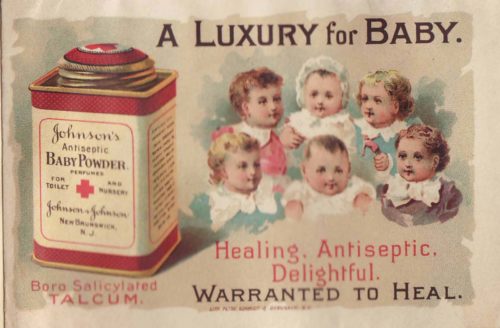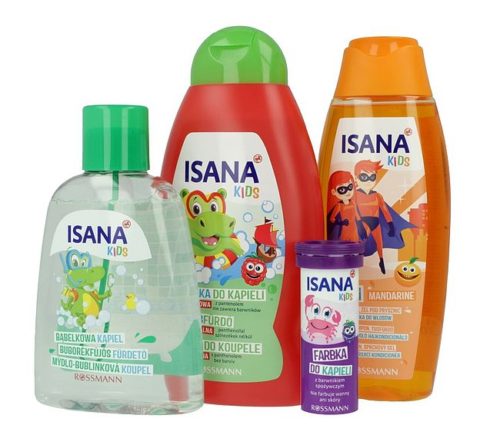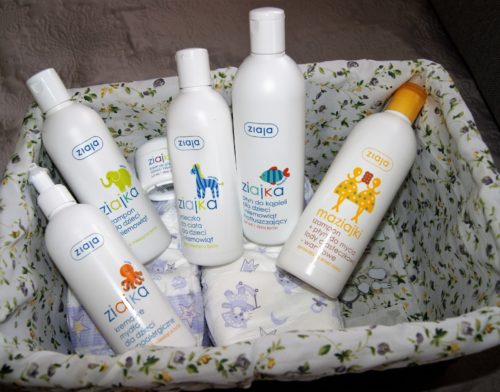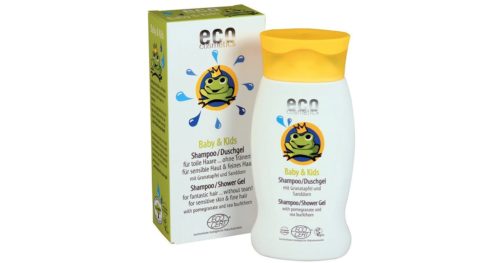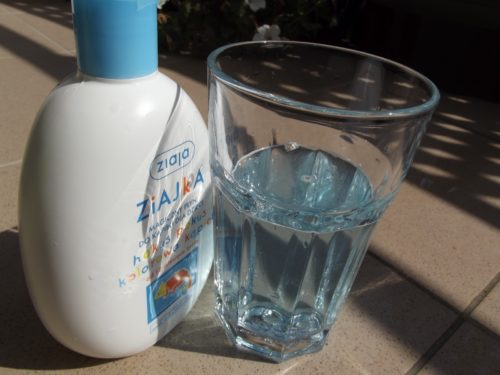
When creating a series for babies, cosmetics producers seem to have reached fertile ground. Parents willingly use protective products for their children in order to ensure proper development without any skin problems. Caretakers are, however, a more and more aware target group and their requirements of products are still growing. The question is, is it worth entering the market of cosmetics for babies?
Well-known brands that produce cosmetics for children
Products for babies are nothing new on the cosmetics market. We can find “baby” products on the market which have become almost iconic. A well-known name is Johnson’s Baby, which constitutes a part of Johnson&Johnson corporation. Their first product for babies was launched onto the market in 1893. Another example is Bambino, a brand known mostly for baby oils as well as shampoos designed for children.
Nivea has also created a wide range of products for babies over the years. Nivea divides products with the “Baby” label into product subgroups: micellar, protective, emollients, and wipes. Apart from the companies which create product lines for babies, there are also brands specialising in producing cosmetics for the youngest group of consumers. Mustela has been present on the market for over 60 years now, and, other than its wide range of products, it also participates actively in various activities connected with children, such as its foundation. Kids products are also prepared by chemist’s and supermarkets, which have widened their offers to include a series of Isana Kids products.
How is this market developing?
Despite the fact that Europe is far from a baby boom, the interest in cosmetics for kids is not decreasing. This is due in part to a better standard of living, a higher level of hygiene and growing consumer awareness. Moreover, parenting blogs and guidebooks for parents have retained their popularity as well.
In 1992, Ziaja entered the market with the Ziajka series and, in 2009, it added another series for the youngest under the name Maziajki. The Polish market of cosmetics for babies was worth PLN 1.5 bln in 2017, which only proves the success of this branch.
Ingredients and packaging of cosmetics for babies
Growing consumer awareness has forced producers of cosmetics for kids to stop using potentially harmful ingredients. Some of them still place labels on their packagings like “natural” or “delicate”, which in reality mean nothing. Parents look for certificate symbols on packaging which indicate value of a particular product for them. Such certificates include among others: PTA, IMiD, EcoCert, USDA Organic, PZH or Soil Association.
It is worth creating a product that is actually natural and delicate (for example, hypoallergenic) when trying to reach a parent. It is also important to remember about packaging. Products for babies and kids often must follow additional security requirements so as not to be used improperly or cause harm. Moreover, many producers order packaging which attract not only kids but also their parents. Special foam-creating dispensers or shampoos and shower gels that change the colour water are especially interesting for kids.
The sale of cosmetics for babies and for kids has the potential to become an invaluable part of your business. Looking at how long the most famous brands are present on the market and the fact that they continue to widen their product offers, this shows that there are still many development prospects. Be sure to remember that you will be targeting parents who are more and more demanding of natural products and additional functions of packaging.
Powrót do listy artykułów
